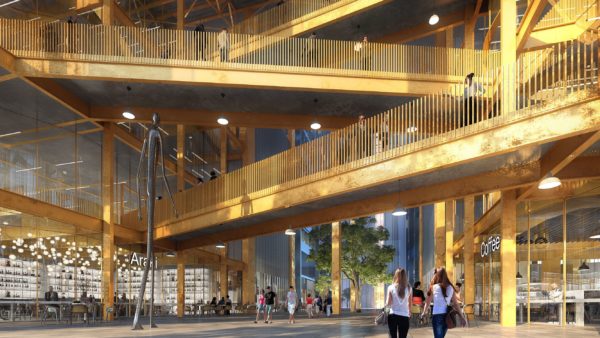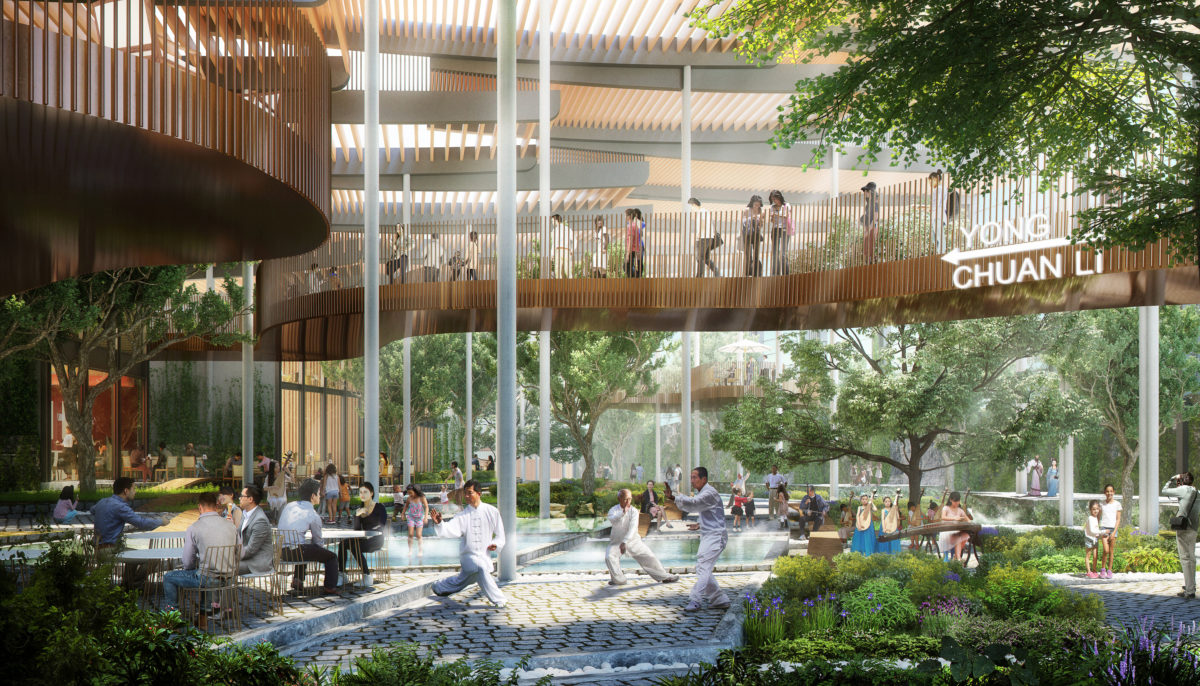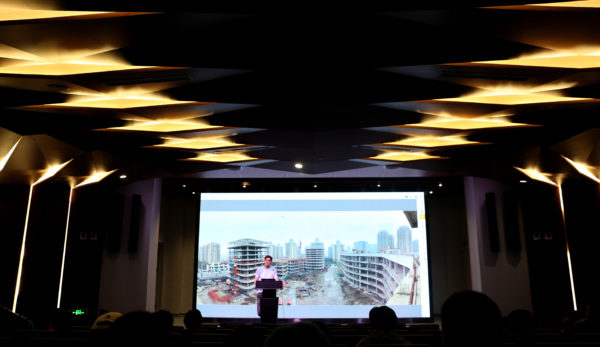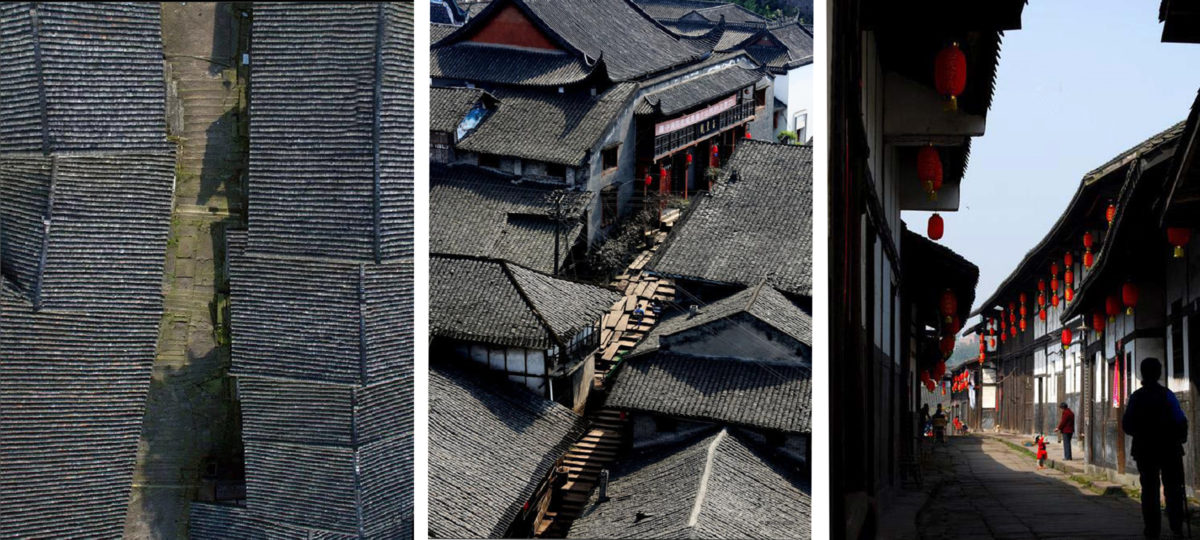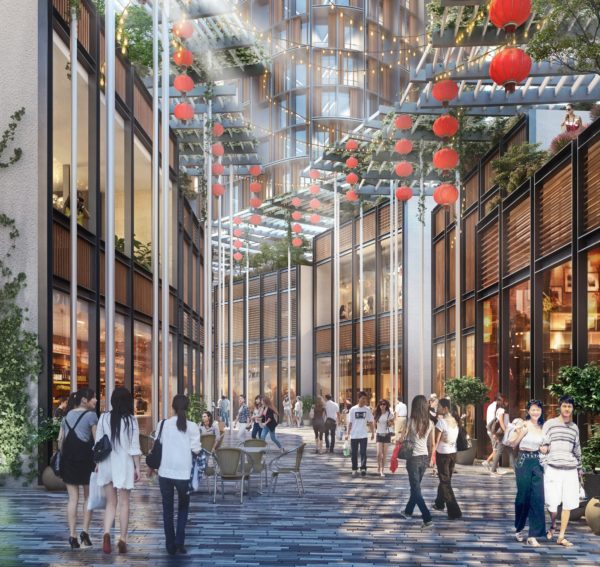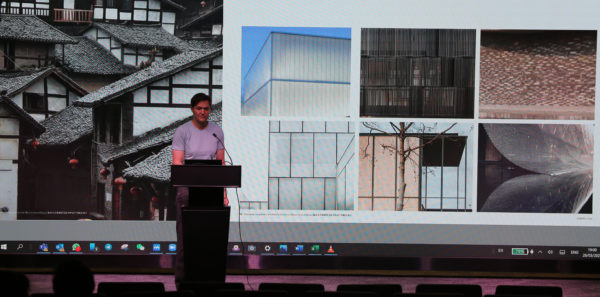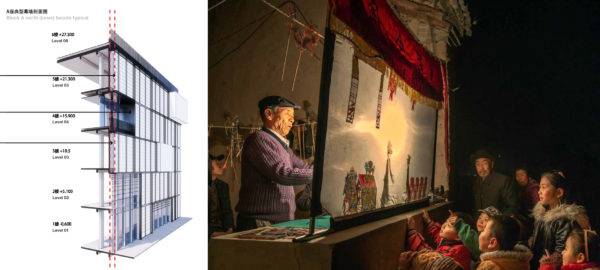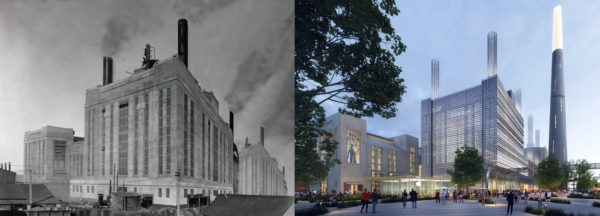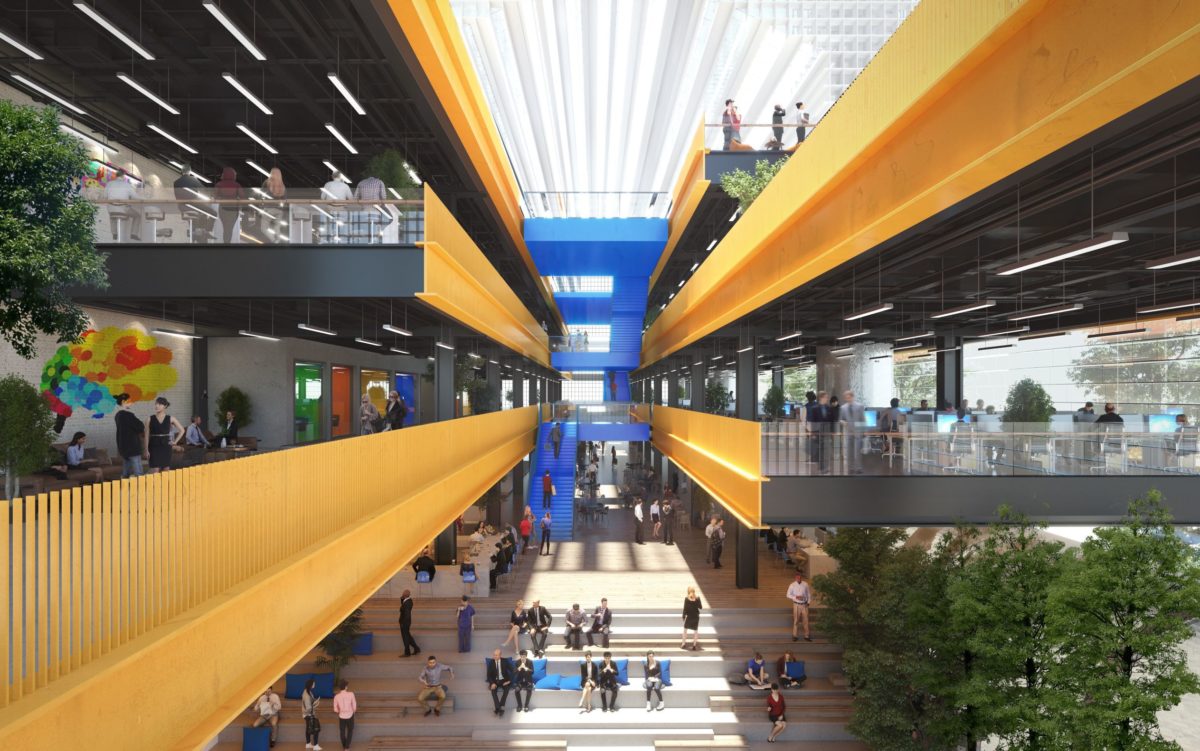In April 2021, Gregory Kovacs, Design Director at Benoy, hosted a lecture and workshop in Wenzhou Kean University, China, on the role of innovation in architecture.
“The first lesson the coronavirus has taught us is also the most astounding: we have actually proven that it is possible, in a few weeks, to put an economic system on hold everywhere in the world and at the same time, a system that we were told it was impossible to slow down or redirect.”
In response to the above quote from French philosopher Bruno Latour, Gregory’s lecture revolved around the role of innovation in the practice of architecture.
Communities and entire socioeconomic systems have had to pivot to new realities, to new ways of living and doing things. In architecture, this process had challenged basic assumptions, while accelerating certain trends that were in motion long before the pandemic hit.
Innovation in architecture, said Gregory, is not a self-purpose exercise, but a response to strong forces – such as coronavirus – that shape and change the way we live. The impact of the pandemic, he explained, has caused us to rethink existing typologies. We realized how essential communal spaces are. What does it mean for the future of mixed-use retail developments in city centres? It has also triggered new models of working. What does it mean for the future of workplace? How can we take this opportunity/challenge of the pandemic to rethink these typologies so they facilitate interaction; bringing people together; creating micro and macro communities across the physical and digital space.
With the pandemic serving to further entrench online retail, how do we create compelling and experiential in-store environments that will drive footfall in the post-COVID landscape? How can we weave together workplace, retail and culture? To create long lasting destinations, deeply embedded in our local communities? And how can we ensure these destinations deliver social wellbeing, commercial success and environmental sustainability?
Having put these questions to his audience, Gregory unveiled Benoy’s recent work on the Houhai Center in Shenzhen, which won two of China’s most coveted architectural awards – Best Future Project and Excellent Design Award at WAF China 2020. As Gregory remarked, as an exemplar in urban innovation, the Houhai Center is an unmistakable icon that seamlessly blends work, social space and creativity into a single cohesive experience.
Innovation through renovation
Next, Gregory introduced the concept of innovation through renovation, declaring his personal passion for refurbishment projects. Teams at Benoy, he explained, have recently worked on a series of renovation projects where the original scheme was never fully completed or had been standing vacant for some time.
The challenge but also the opportunity in many of these schemes is that they no longer make commercial sense. But as Gregory pointed out, demolishing the existing building and starting from scratch would be a major waste of resources. In such situations, clients and architects are forced to innovate and reinvent the project with minimal impact on the underlying structure. Gregory explained that for him, such projects present the most creative challenges, requiring a combination of commercial problem-solving, placemaking and architectural design working around many constraints.
To illustrate his point, Gregory then presented Benoy’s work on Yongchuan Li, which brings together local Sichuan culture with digital technology to create a dynamic multimedia façade and a pedestrian retail street to form a new neighbourhood centre in Chongqing.
Heritage development
In the third part of his lecture, Gregory focused on heritage development, asking his audience to consider how old and new can be brought together in a way that is symbiotic and complementary.
Successful heritage projects, explained Gregory, involve creating unique urban destinations that engage with the past in a way that is forward looking rather than nostalgic. By way of example, Gregory showcased Benoy’s Shanghai Power Station project, which integrates old and new within the surrounding fabric of the city to create a vibrant destination.
The aim in Shanghai, said Gregory, was to create offices for high tech companies together with a lively streetscape that would attract the best talent in this very competitive industry. The carefully curated mix of workplace, culture, entertainment retail and leisure typologies create rich, vibrant destination. Presenting a unique offer in a local market already saturated with office-led developments.
A post-COVID campus
Following the lecture, Gregory led a 2‑day workshop and design competition for the students of the Wenzhou Kean architecture department. Challenged to reinvent parts of their campus for life after the pandemic, the students worked together in small groups to devise bold and innovative design schemes. The result was a series of speculative projects that reimagined the campus environment, focusing on community, collaboration, and shared and private space. A series of critical projects that reflected on the present by envisioning a different future: some are more utopian and are more dystopian visions.

